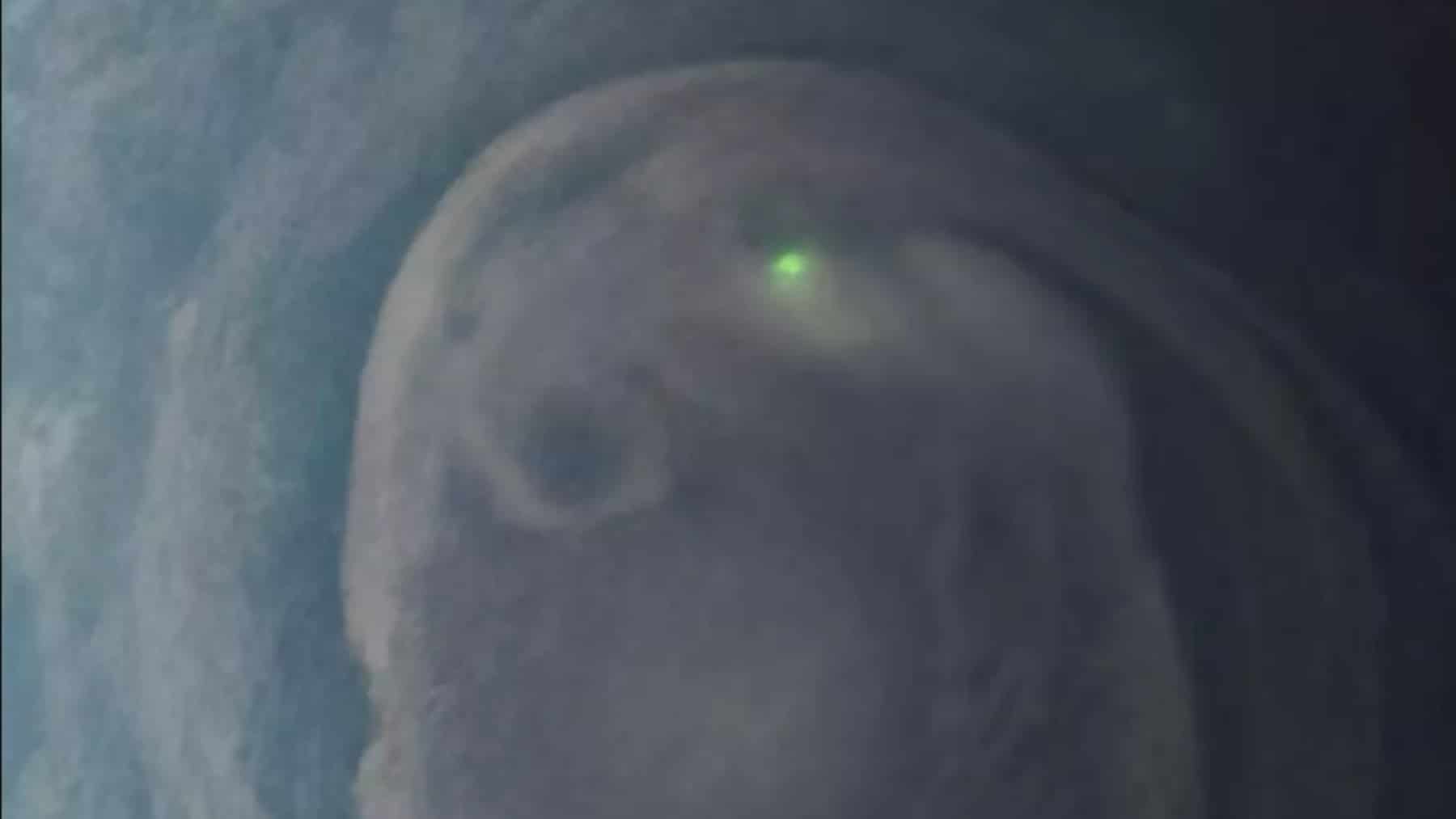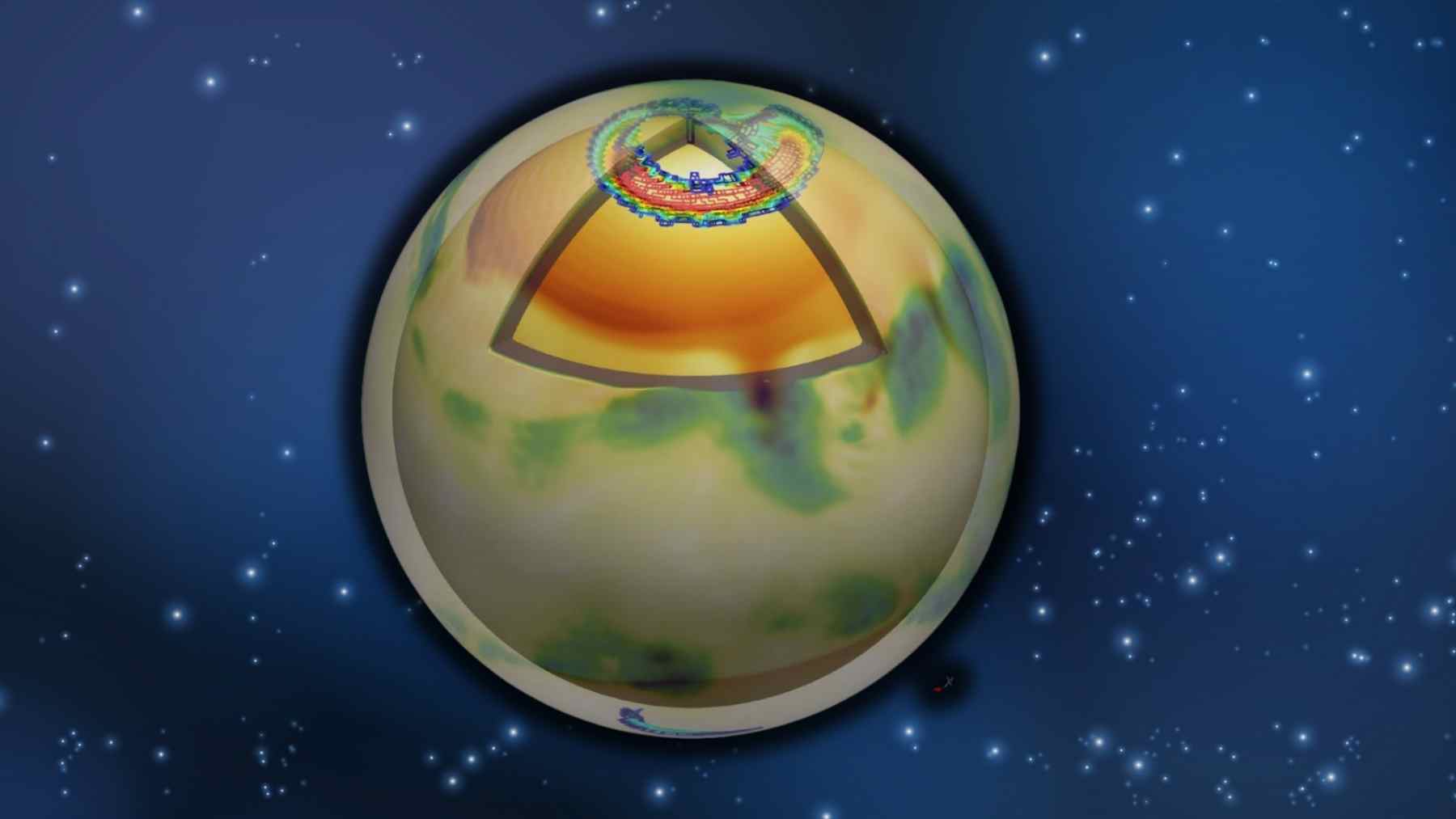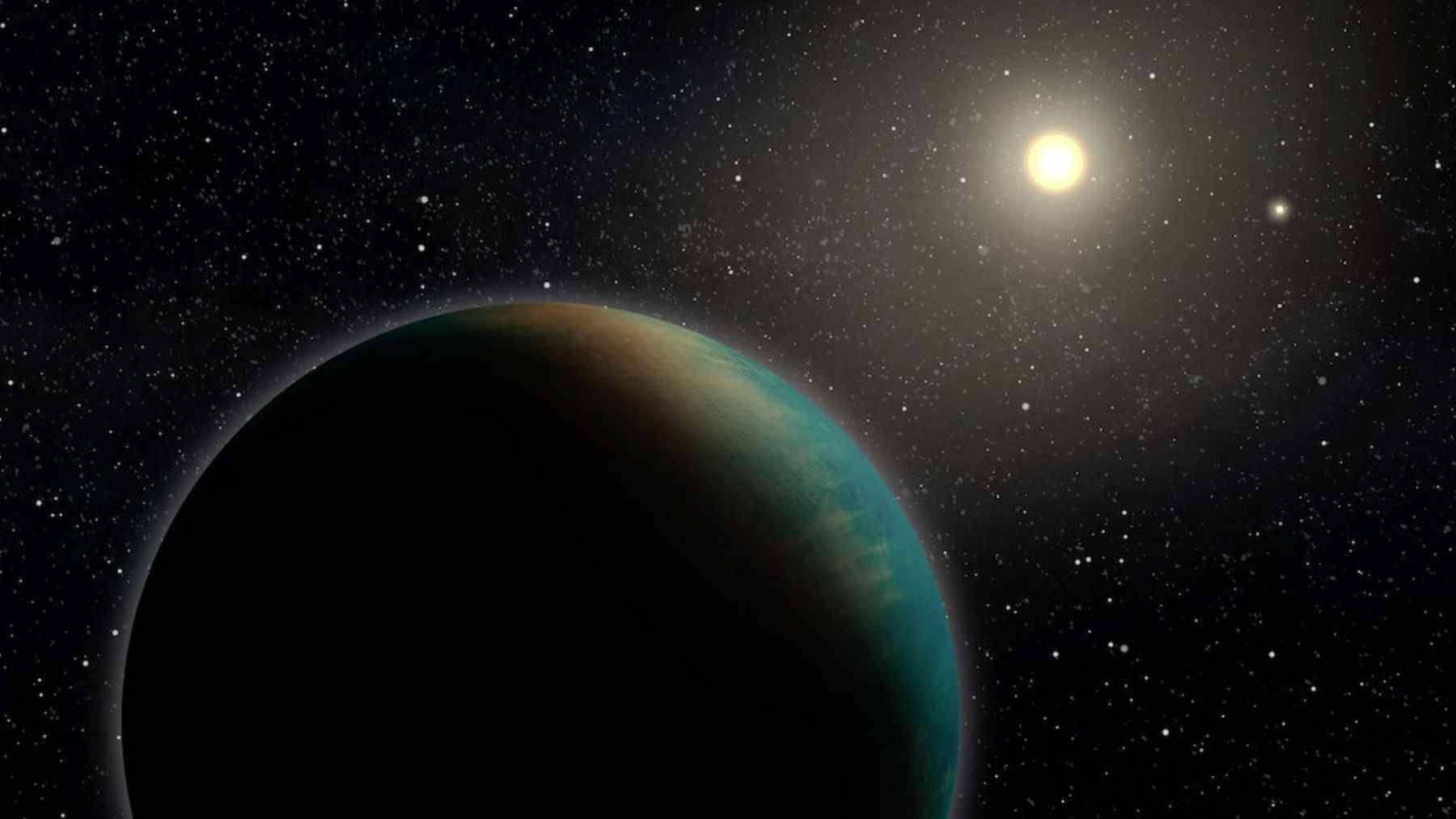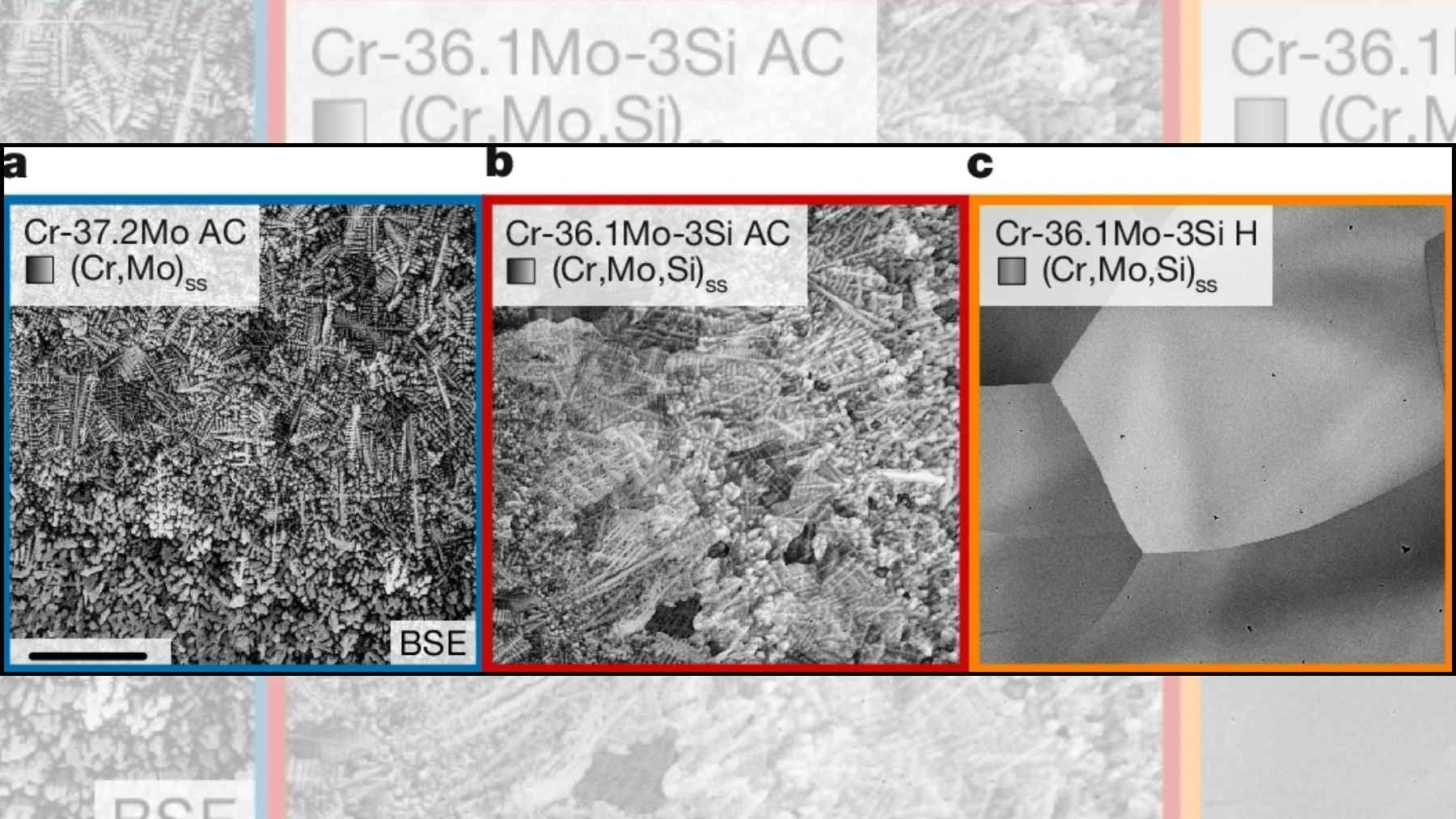The James Webb Space Telescope from NASA released remarkable details about the star-forming star system Lynds 483, which scientists call L483. The star factory, Lynds 483, exists 650 light-years from Earth within the Serpens constellation. The high-resolution near-infrared images obtained by Webb disclose elaborate structural features and dynamic procedures that help scientists observe star formation in its first stages. The exceptional new pictures display stellar life cycle initiation processes, resulting in the birth of new stars in this breathtaking system. Astronomers receive a significant breakthrough for observing fundamental processes in star evolution thanks to these images.
Protostars in action: jets, outflows, and the dance of cosmic material shaping the galaxy
Stellar development occurs at Lynds 483 through two developing protostars located within it. A disk of cool dust, along with gas, encircles these youthful stars at their center while the disk produces the reflected torchlight patterns that were photographed. The protostars have released gas and dust in periodic releases for tens of thousands of years, delivering fast jets and slower outflows. The two protostars cause complex structures and chemical reactions between interacting materials, generating various molecules, including carbon monoxide and methanol.
The active nature of L483 demonstrates that the star formation process results in both disorder and artistic brilliance. The protostars maintain continuous transformation of their environment during their growth by ejecting materials into space. The powerful jets produce widespread modifications to their environment and activate additional chemical processes in adjacent clouds. Material movements provide astronomers with information about chemical processes occurring in the present.
Webb captures what eyes never could: twisted arcs and glowing pillars that reveal hidden star secrets.
The NIRCam component within the Webb Telescope provides detailed imaging of the segmented structure in L483’s regions. The camera image displays irregular lines and shapes overlapping to create a confused material mixture. A large orange arc with the appearance of a shock front emerges in the upper part of the image because stars met denser material during their ejection process. From the lower segment, the image depicts thicker dust clouds that use light purple pillars to point directly to stars.
These characteristics deliver significant scientific information concerning the physical dynamics of the studied region. The orange arcs and scattered lines indicate that material follows these paths when it meets resistance coming from protostars. The tiny purple pillars in the image demonstrate how thick cloud sections endure in space. The different shapes of the graphs present individual chapters that explain the interaction sequence of stars with their surrounding area.
If researchers decode this, they could map how solar systems are born and how planets eventually take shape.
Astronomers study L483’s cloud symmetries and asymmetries to understand the development timeline of the stars’ ejection process. Models now incorporate these simulated physical effects during research to determine the amount of stellar material discharge and the molecular species formed from such collisions. All stars will achieve approximately solar mass status several million years after their formation has been completed. The outflows produced by stars will eventually eliminate all neighboring space, preventing the formation of a planet-bearing disk.
The image’s visual elements are substantial to scientists studying the physical forces operating in the region. The orange arcs, together with scattered lines, show the distribution of energy and the locations where the protostar materials experienced resistance. The tiny purple obelisks present clues regarding the strongest areas found within the cloud structures. Every figure in this visualization shows an essential part of how stars influence their surroundings during their development.
Webb produces new images and data that transform the current understanding of space. New astronomy discoveries are shaping up because the telescope provides observations through dense cosmic dust clouds we could not previously see. L483 is one of the numerous discoveries that will change how we perceive the cosmos. Beyond the current standpoint, Webb keeps marching as the leading telescope toward cosmic exploration.















